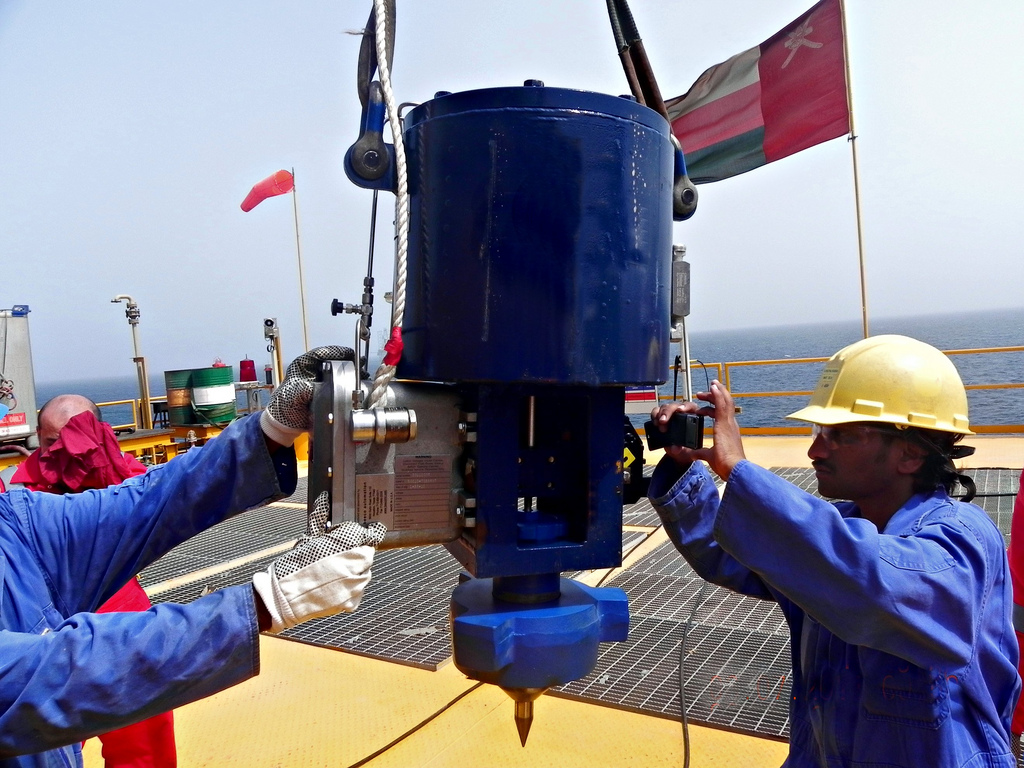There are two ways valve actuators deliver force: rotary or linear. The force they must provide to the valve has to be sufficient to effectively operate it. However, it can’t be so great that the stems or seats become damaged. This is why valve actuators, or at least almost all, have one type of force-limiting mechanism or other.
Valve actuator mechanism types
Force output of a fluid power actuator is, on most applications, limited by system pressure. A pressure regulator, in most cases, controls this system pressure.
Most electric actuators have an internal torque-limiting mechanism. The point of which is to ensure there’s enough force for seating the valve. It also needs to prevent excessive force that might cause the valve to jam or gall the seats.
Valve actuators that have wheel and worm gears
For these actuators, the axial force reaction generated by the worm wheel against the worm shaft is directionally proportional to the actuator’s torque output. The movement of the worm shaft is in proportion to its force against a spring.
In some cases, the force reaction on the worm shaft is measured using an electronic pressure sensor. Another indication of the level of torque generated is the electric motor’s current measurement or motor speed.
The power to the motor is shut off once a torque limit or predetermined force is reached. The motor is shut off due to a torque sensor being triggered once a limit or force is reached. This trigger threshold can be adjusted so that different values or applications require only one size of actuator.
Importance of position sensing
Two reasons position sensing is important:
- To allow for the correct seating of the valve.
- To provide feedback on the valve’s position. Which can be achieved either by being transmitted to a remote control room; or it can be displayed locally on the actuator.
There are valve designs which require a certain amount of force in order to sufficiently seat the closure element. This will help to ensure the pipeline medium cannot pass. These types of valves are: triple offset butterfly, globe and wedge gate.
For an actuator to work properly it must always know where it is relative to the valve position. Which is why a position-measuring system is mandatory, especially in multi-turn actuators for position-seating valves.
A position-sensing mechanism is used to trip the motor power at the ends of valve travel on position-seating valves.
Direct Control
All valve actuators require one kind of direction control or other to move the valve into the opening or closing direction. In either case, the coils of the motor starter, or the solenoid coils of the direction control valves are energized by an external control signal.
Force and direction controls for valve actuators
This is a very brief overview of force and direction controls for valve actuators, if you would like more information, please feel free to contact us.
FAQ about Direction controls of Valve actuators :
1. How are Direction Control Valves actuated?
Actuation can be defined as the process of moving the valve from one position to the other. Usually, direction control valves can be actuated using one of the following methods –
- Manual
- Mechanical
- Solenoid-operated
- Pilot-operated
2. How many types of directional control valves are there?
In most cases, direction control valves are classified on the basis of the number of ports. They are generally classified as 2-Way direction control valves, 3-Way direction control valves and 4-Way direction control valves. All of these valves are facilitated with distinct operating positions which allow for various movement channels.
3. Which valve is best for flow control?
When it comes to high precision in flow control, Globe Valves are considered the industry standard. While Globe Valves are better at regulating flow than their counterparts, Ball Valves are preferred when better on/off control without any pressure drop is required.
4. What type of valve controls the force of an actuator?
A Solenoid Valve is the preferred choice as far as controlling the airflow into and venting of the actuator is considered, largely due to the absence of spring force. This ensures that a small actuator serves the purpose in most cases, and eliminates the need to invest in larger actuators.

